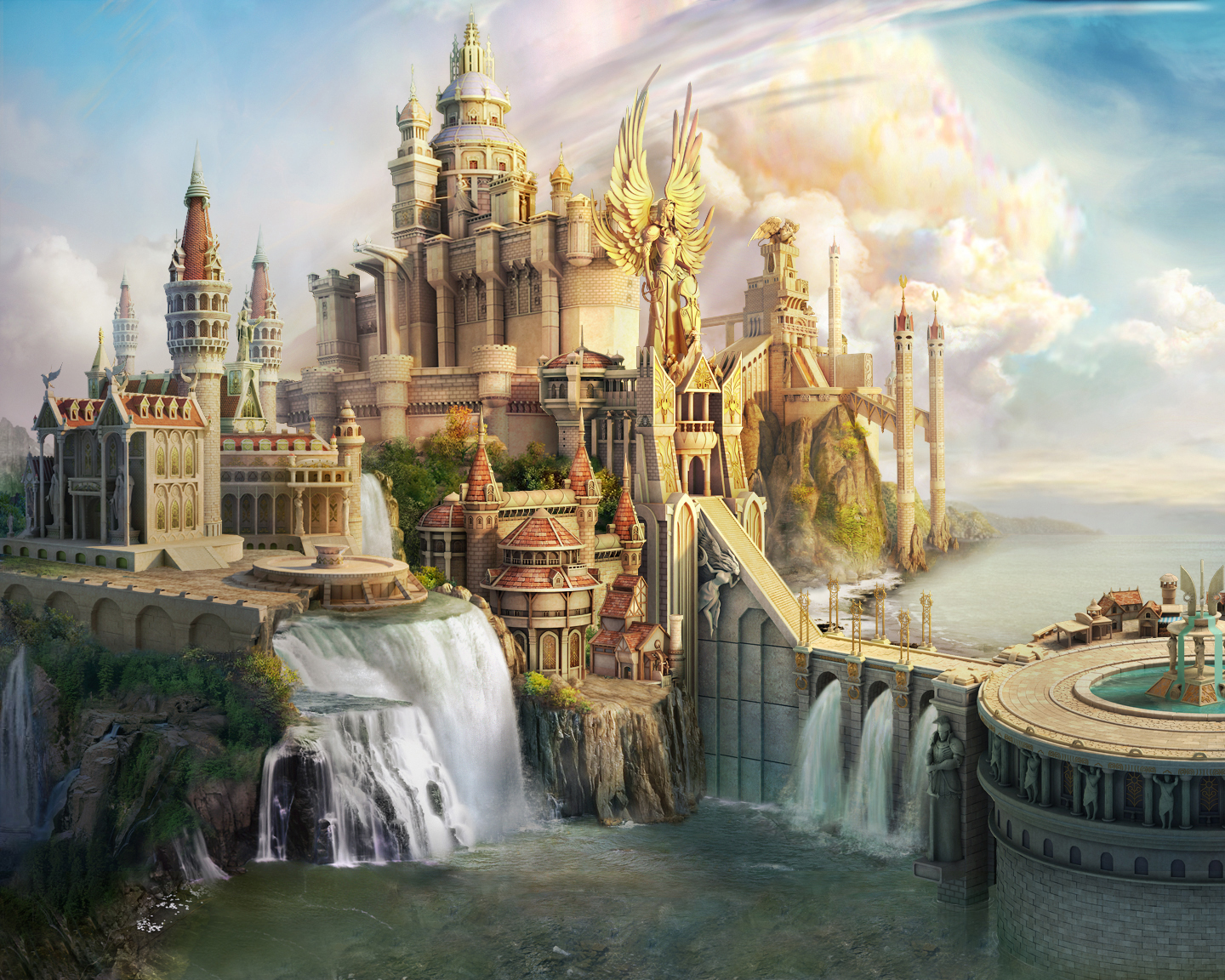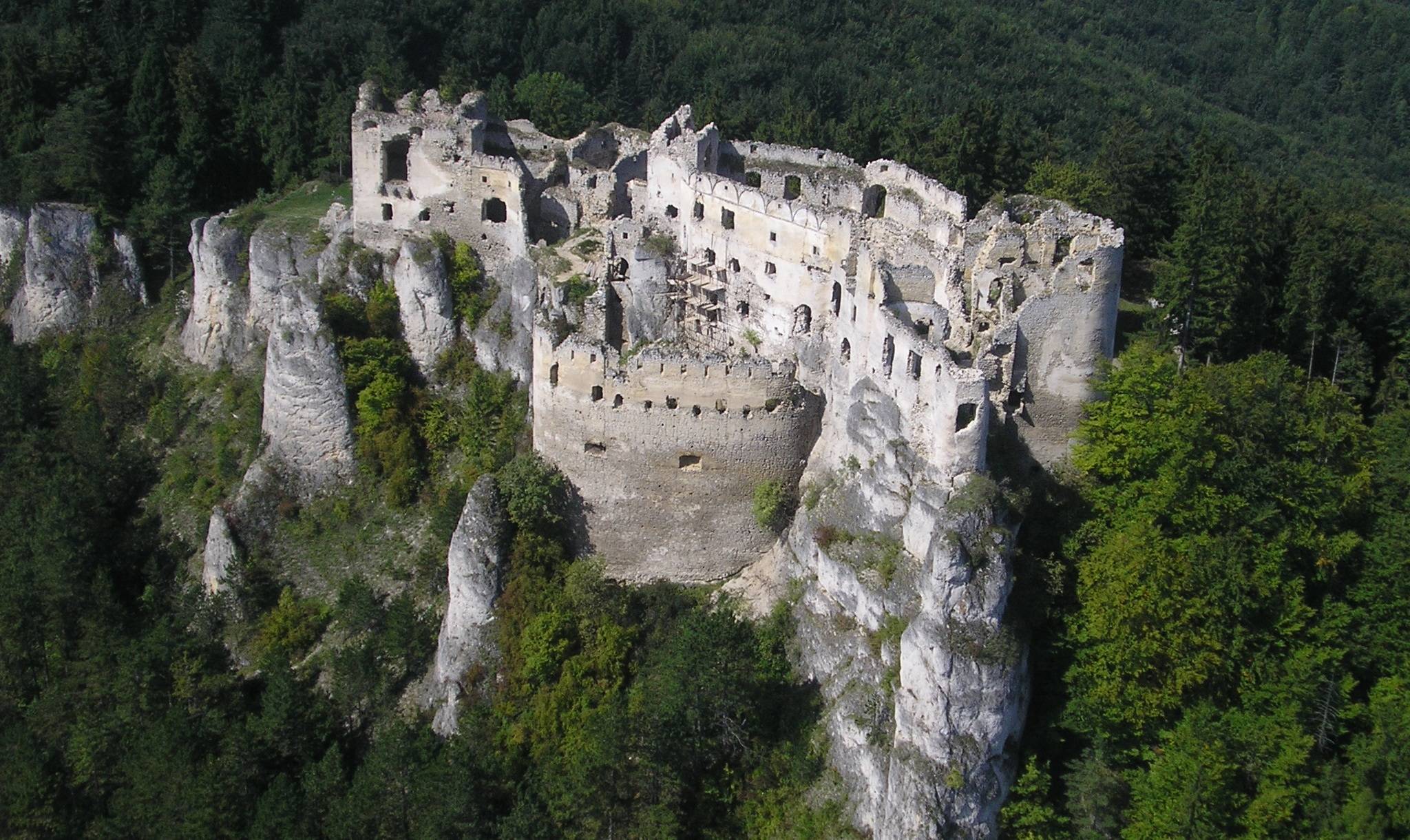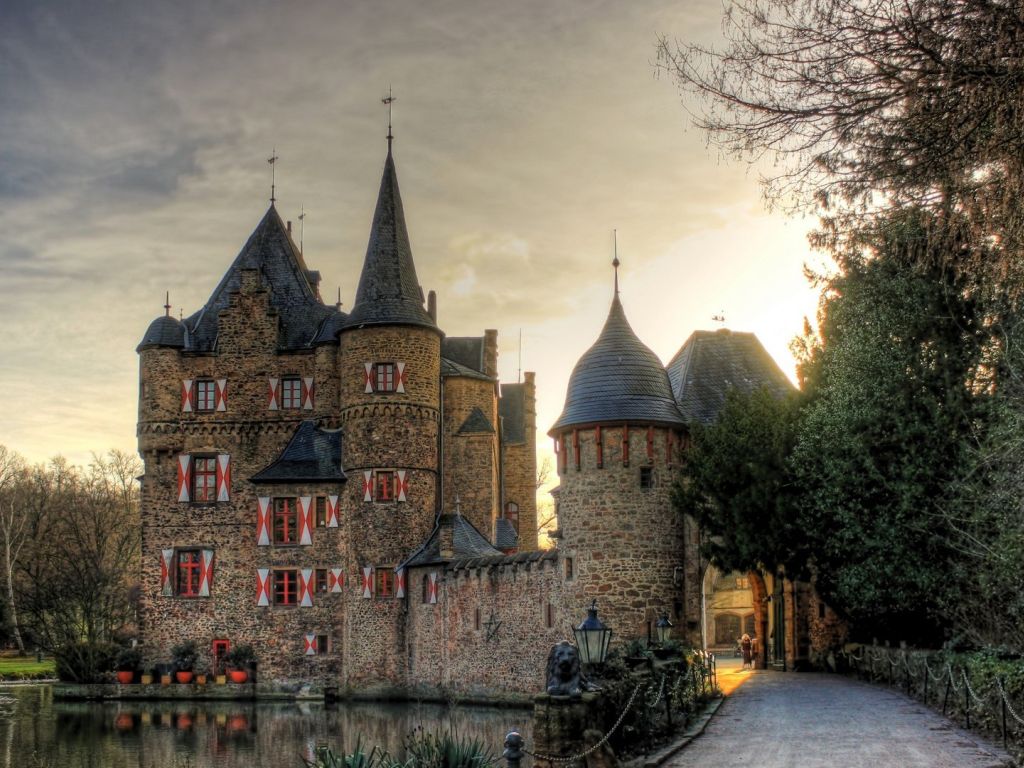
After Dorothy Walker died, Elizabeth was determined to look after the house as she had been instructed and the Emery Walker Trust was set up as a result. She applied to become a companion and housemaid, due to an advertisement from Dorothy Walker in The Lady magazine asking for someone to look after the house in 1948 when Dorothy was in her 70th year. Haas (1918 -1999) came from Arnhem, in the Netherlands. One of the main reasons why the house has become a museum is due to a lady called Elizabeth de Haas. Cobden-Sanderson made 170 nighttime trips to throw type into the Thames from Hammersmith Bridge, preventing Emery Walker from using the type.Įmery Walker received a knighthood in 1930, three years before his death. While the printing side of the business – The Doves Press – was a success, their partnership was not. Emery Walker went into business with Thomas James Cobden-Sanderson. His firm specialised in cutting-edge techniques for reproducing works of art and photographs as book illustrations and helped to revolutionise the book-making industry. He went on to found (in 1886) his own company, which built a reputation for expertise in photogravure, a technique that could reproduce photographic tones. Walker had joined the Chiswick-based Typographic Etching Company in 1873. It was Walker who helped Morris to set up the Kelmscott Press in Hammersmith. The house where Emery Walker lived is about 10 minute’s walk from Kelmscott House – where William Morris lived. Eric Gill, the sculptor and typeface designer (and disciple of Edward Johnson) rented a letter-cutting workshop from Emery Walker in the stable of 7 Hammersmith Terrace. He also designed the famous London Underground roundel. He became famous for designing the sans serif ‘Johnston’ font used by London Underground for their signs up to the 1980s. There is a Blue Plaque on No 3 relating to Johnstone.

When he moved from No 3, the calligrapher Edward Johnston moved there in 1905. Emery Walker had been living at 3 Hammersmith Terrace before moving to the house at No 7. The locality is famous for other talented artists. The house is one of a terrace of seventeen tall, narrow Georgian houses overlooking the Thames between Chiswick Mall and Lower Mall. He lived in the house from 1903 to 1933 with his wife, Grace.

Walker was a printer, photographer and typographer. Walker’s former home at 7 Hammersmith Terrace includes one of the largest collections of hand-blocked Morris & Co wallpapers anywhere in the world, as well as an outstanding range of textiles and embroideries. The group’s intention was to reform art by rejecting what it considered the mechanistic approach first adopted by Mannerist artists who succeeded Raphael and Michelangelo.Įmery Walker (1851-1933) took an active role in many organisations at the heart of the Arts and Crafts movement, including the Art Workers Guild, the Society for the Protection of Ancient Buildings, and the Arts and Crafts Exhibition Society. They called themselves the ‘Pre-Raphaelite Brotherhood’ (PRB), which alluded to their preference for late medieval and early Renaissance art that came ‘before Raphael’. There is another list of names (numbering over 30) that were associated with the Group with nearly 30 other loosely associated names. The three founders were joined by William Michael Rossetti, James Collinson, Frederic George Stephens and Thomas Woolner to form the seven-member ‘brotherhood’. The Pre-Raphaelite Brotherhood (later known as the Pre-Raphaelites) was a group of English painters, poets, and art critics, founded in 1848 by William Holman Hunt, John Everett Millais and Dante Gabriel Rossetti.

This story relates to a man who was one of the Pre-Raphaelites. Above: Blue Plaque on the house in Hammersmith Terrace.


 0 kommentar(er)
0 kommentar(er)
